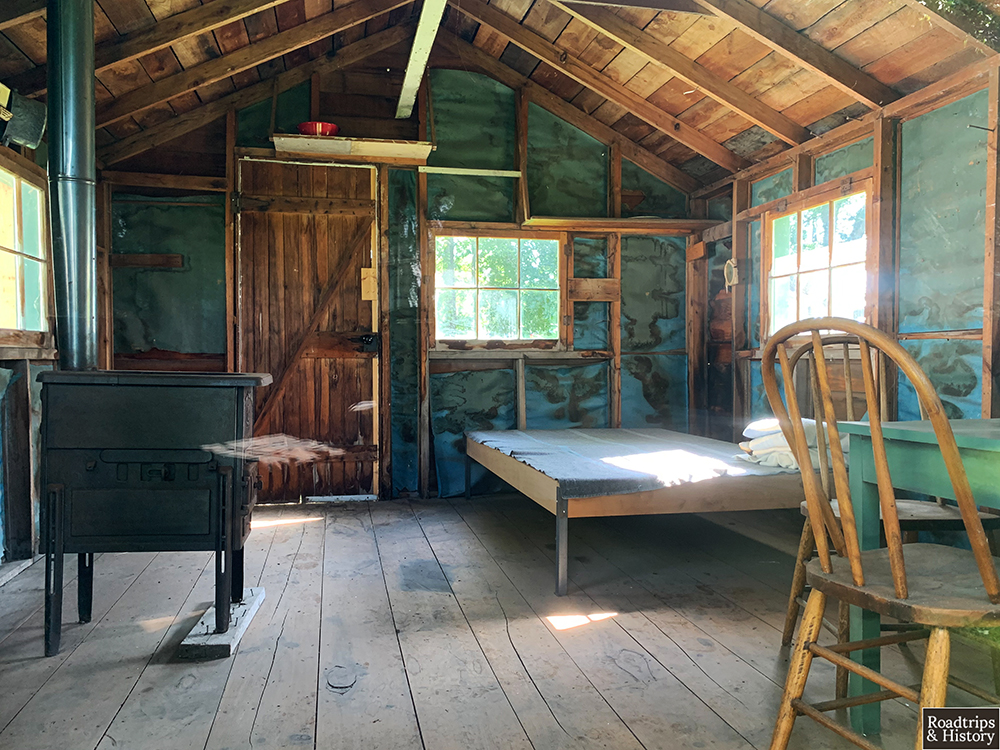If you’ve been to the Mille Lacs area of Minnesota, there’s a good chance you’ve stopped at the Mille Lacs Indian Trading Post or the Mille Lacs Indian Museum in Onamia. The trading post began as a general store for the Mille Lacs Band of Ojibwe in 1925. The store was owned by Jeanette and Harry Ayer. They held a trader’s license from the White Earth Indian Agency that allowed them to trade with the Mille Lacs Band of Ojibwe. The local Ojibwe community could sell goods at the trading post or exchange credit for food staples like flour and sugar and other essentials like thread, cloth, and candy.

With business at the trading post booming, the Ayers added a handful of small, basic tourist cabins behind the trading post in 1929. By the following year, the couple had 24 simple cabins available to visitors. Each cabin provided only the basics. A bed, wood stove, washstand, and chairs. Not that anyone cared about how simple the cabins were during walleye season!
The cabins were reportedly filled to double or triple capacity because of their close proximity to the lake. A dining hall was added between the cabins and the trading post to feed the folks in the cabins and tourists just passing through.


Jeanette and Harry mostly employed local Ojibwe to run the store. By 1937, it had become more of a cultural center than a general store thanks to the community’s eagerness to share their heritage with visitors and provide the store with handmade beaded necklaces and earrings, as well as birch bark toys and small baskets.
Although the tourist cabins closed in 1940, the trading post remained a popular stop for travelers. The Ayers were growing older, and their trips around the country gathering unique items to showcase in the store was becoming more and more arduous. They began to consider what their retirement would look like. They knew they wanted to stay close to the trading post and the community they became a part of.

So in 1941, the dining hall was demolished to make way for Jeanette and Harry’s permanent home. Their lovely white home can still be seen behind the trading post. Both Jeanette and Harry were avid gardeners and kept detailed notes about the natural world around them. Part of their large garden remains near the house.
The couple finally retired in the 1950s. They donated their personal collection of Indian-made objects to the Minnesota Historical Society in 1959. The following year, the Mille Lacs Indian Museum opened to visitors on the site.



The Minnesota Historical Society restored the trading post and built a new museum in 1996. The exterior trading post signs and gas pumps in front of the building are authentic to the 1930s. The trading post continues to sell authentic handmade items such as porcupine quill baskets, dream catchers, jewelry, maple syrup, and more. This is one of my favorite MNHS sites — it gets all five stars! You can read about the treaties that have impacted the Ojibwe community here.
